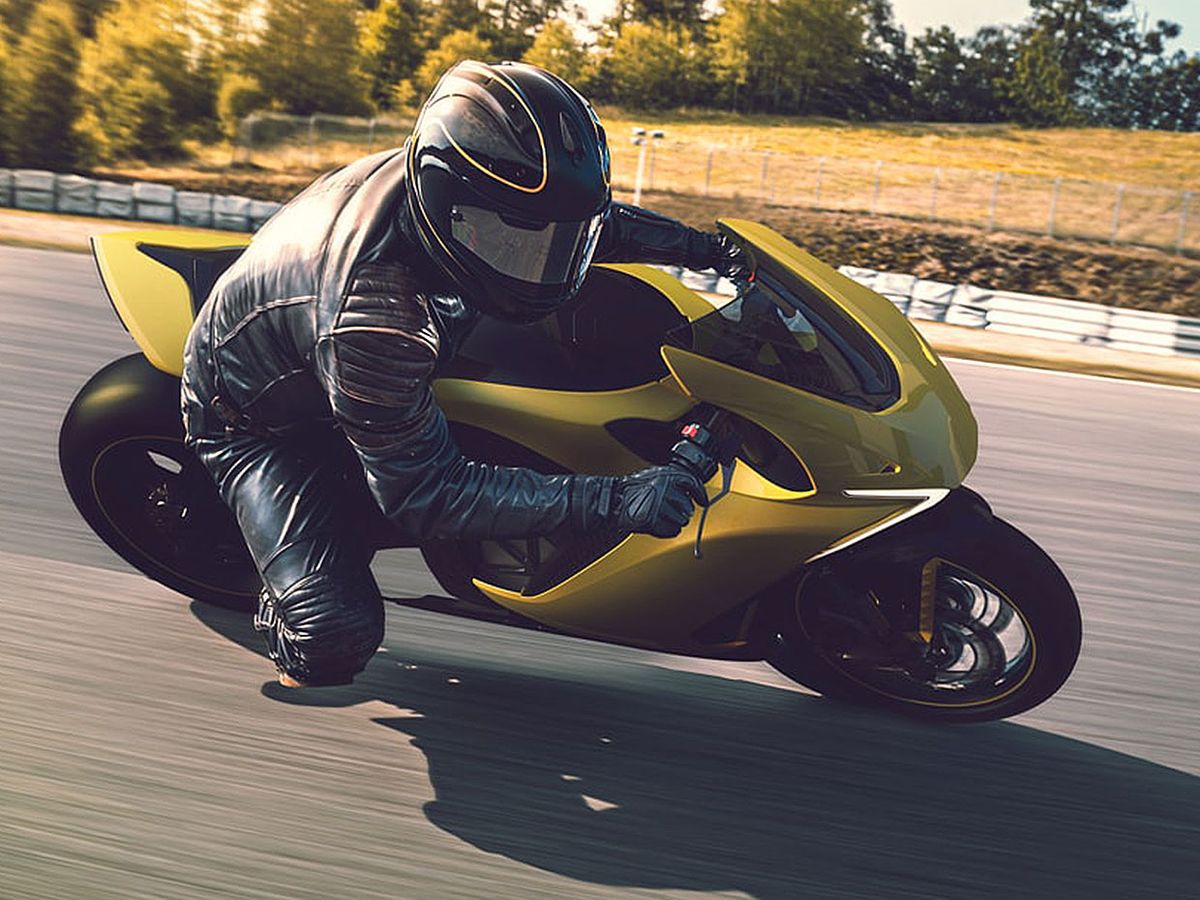For all its pure-electric acceleration and range and its ability to shapeshift, the Hypersport motorcycle shown off last week at CES by Vancouver, Canada-based Damon Motorcycles matters for just one thing: It’s the first motorcycle swathed in active safety systems.
These systems don’t take control, not even in anticipation of a crash, as they do in many advanced driver assistance systems in cars. They leave a motorcyclist fully in command while offering the benefit of an extra pair of eyes.
Why drape high tech “rubber padding” over the motorcycle world? Because that’s where the danger is: Motorcyclists are 27 times more likely to die in a crash than are passengers in cars.
“It’s not a matter of if you’ll have an accident on a motorbike, but when,” says Damon chief executive Jay Giraud. “Nobody steps into motorbiking knowing that, but they learn.”

The Hypersport’s sensor suite includes cameras, radar, GPS, solid-state gyroscopes and accelerometers. It does not include lidar–“it’s not there yet,” Giraud says–but it does open the door a crack to another way of seeing the world: wireless connectivity.
The bike’s brains note everything that happens when danger looms, including warnings issued and evasive maneuvers taken, then shunts the data to the cloud via 4G wireless. For now that data is processed in batches, to help Damon refine its algorithms, a practice common among self-driving car researchers. Some day, it will share such data with other vehicles in real-time, a strategy known as vehicle-to-everything, or V2x.
But not today. “That whole world is 5-10 years away—at least,” Giraud grouses. “I’ve worked on this for over decade—we’re no closer today than we were in 2008.”

The bike has an onboard neural net whose settings are fixed at any given time. When the net up in the cloud comes up with improvements, these are sent as over-the-air updates to each motorcycle. The updates have to be approved by each owner before going live onboard.
When the AI senses danger it gives warning. If the car up ahead suddenly brakes, the handlebars shake, warning of a frontal collision. If a vehicle coming from behind enters the biker’s blind spot, LEDs flash. That saves the rider the trouble of constantly having to look back to check the blind spot.
Above all, it gives the rider time. A 2018 report by the National Highway Traffic Safety Administration found that from 75 to 90 percent of riders in accidents had less than three seconds to notice a threat and try to avert it; 10 percent had less than one second. Just an extra second or two could save a lot of lives.
The patterns the bike’s AI tease out from the data are not always comparable to those a self-driving car would care about. A motorcycle shifts from one half of a lane to the other; it leans down, sometimes getting fearsomely close to the pavement; and it is often hard for drivers in other vehicles to see.
One motorbike-centric problem is the high risk a biker takes just by entering an intersection. Some three-quarters of motorcycle accidents happen there, and of that number about two-thirds are caused by a car’s colliding from behind or from the side. The side collision, called a T-bone, is particularly bad because there’s nothing at all to shield the rider.
Certain traffic patterns increase the risk of such collisions. “Patterns that repeat allow our system to predict risk,” Giraud says. “As the cloud sees the tagged information again and again, we can use it to make predictions.”
Damon is taking pre-orders, but it expects to start shipping in mid-2021. Like Tesla, it will deliver straight to the customer, with no dealers to get in the way.
Editor’s note: Posted updated on 29 January 2019 to take out the word “chopper” to describe this motorcycle.
Philip E. Ross is a senior editor at IEEE Spectrum. His interests include transportation, energy storage, AI, and the economic aspects of technology. He has a master's degree in international affairs from Columbia University and another, in journalism, from the University of Michigan.



